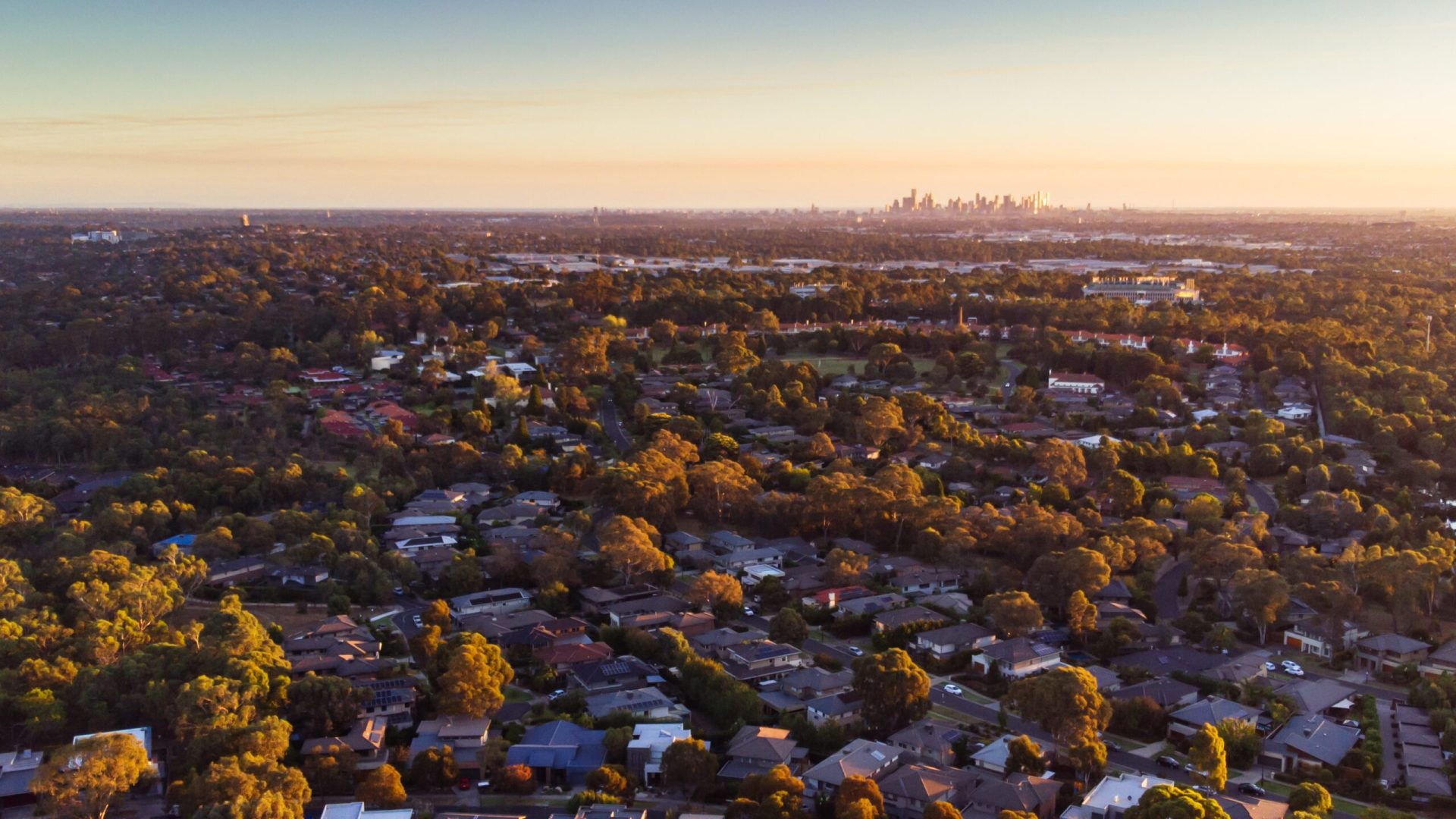By James Laurenceson, University of Technology, Sydney
Despite valiant efforts by commentators such as Bernard Keane and Michael Pascoe to slay claims that Chinese buyers are making it harder for ordinary Australians to enter the housing market, the notion refuses to die. It is the “zombie idea” afflicting the Australia-China economic relationship.
And there is a danger the zombies will multiply. Last week the Australian Financial Review reported that China recently eased restrictions on outbound investment. The implication being “a fresh wave of capital [is] expected to make its way into the Australian property market”.
The Sydney Morning Herald continued with the same theme listing several recent examples of Chinese-funded projects with values reaching into the billions.
But all these reports lack one critical factor: context.
Even if Chinese investment is rising, it is still a small proportion of the market
All foreign investment in Australian real estate requires approval from the Foreign Investment Review Board (FIRB).
According to FIRB, over the period 2009-10 to 2012-13, approvals for Chinese investment in Australian real estate totalled $16.6 billion.
At first blush this seems an impressively large figure. But it is actually less than 10% of the total value of foreign investment approvals in the sector.
Approvals to Chinese investors have lagged behind those from the United States. They have also not been much more than those from the United Kingdom, which has an economy around one quarter the size of China’s and less than 5% of the population.
The scale of Chinese investment seems again smaller when viewed against the size of the market. In a report earlier this year, the Reserve Bank of Australia (RBA) observed that total foreign investment approvals in residential real estate have historically only been around 5-10% of the value of home sales. Chinese approvals are just a proportion of this percentage.
It is also important to keep in mind we are talking about approvals here, not purchases. This means FIRB data overstate the true value of foreign investment.
For example, a property developer in Australia can apply to the FIRB for approval to sell all new dwellings in a large scale real estate project to foreign buyers. In their submission to the Inquiry into Foreign Investment in Residential Real Estate, the Commonwealth Treasury noted that based on past experience only around 35%, on average, of such dwellings end up in the hands of foreigners.
Also don’t forget that FIRB data is gross, not net. In any given year some foreign investors will seek FIRB approval for new purchases. Meanwhile others will sell down their existing portfolios. As a result, simply adding the value of FIRB approvals from year to year exaggerates the size of the stock of Australian real estate assets held by foreigners.
What all this means is that Chinese investment can grow strongly and still not come close to flooding the market. Citing preliminary FIRB data from the first three quarters of 2013-2014, the Commonwealth Treasury noted a sharp jump in foreign investment approvals over the previous year, particularly from China. But as the RBA shows, this still only takes the value of total foreign investment approvals to around 12-13% of total sales.
Chinese investment actually increases housing supply
Issues of scale aside, Chinese investment has the effect of increasing housing supply. This acts to restrain price growth.
Regulations also limit Chinese investors to buying new properties. Exceptions are few. For example, a Chinese student may purchase an established property to live in while studying in Australia. But it must be sold once they return home.
Building new housing requires a lot of capital. A report earlier this year by the Australian Housing and Urban Research Institute found a leading cause of the undersupply of housing in Australia is the availability of finance. Banks are the first port of call for most developers. Yet banks generally demand pre-sales, or sales of dwellings before their construction even begins, of between 50-100% of the value of the loan being sort.
Michael Pascoe put it like this, “Without the stimulus of investors to get the country building now, we’ll face demand-induced price pressure all of our own soon enough”.
With a small population and a limited domestic savings pool, Australia has a long tradition of accepting and benefiting from foreign investment in capital-intensive sectors of the economy. The real estate sector is no different: a dollar of Australian savings tied up in housing is a dollar that cannot be productively invested elsewhere.
Other benefits of Chinese investment include the very real jobs created in Australia’s construction industry and associated sectors such as housing appliances.
Are foreign investors breaking the rules?
Recent allegations that some foreign investors have skirted FIRB rules to purchase established housing have attracted much media attention. This claim does nothing to undercut the benefits brought by foreign investment. Rather, it is a complaint about existing rules not being enforced.
The intensity of enforcement is entirely at the discretion of Australian authorities. The FIRB reviews around 2.5% of housing transactions to verify compliance. Simple economics says that scrutinising every one of the 600,000 housing transactions each year would not be an efficient use of resources. The FIRB employs the same risk management approach that Australian Customs uses when screening imports for contraband and counterfeit products.
Another factor that troubles commentators about Chinese investment is that some of this money finds its way to Australia via the “grey economy” or the “shadow banking system”.
But there is nothing sinister about it. China has a prominent informal financial system because its formal banking sector functions so poorly. It regularly offers savers negative real returns and supplies a dearth of credit to dynamic private sector firms.
Without an informal financial system to overcome these deficiencies, China’s growth would have been much slower than it has been and Australia would be worse off as a result. Similarly, the flow of Chinese capital to Australia would have been reduced and so too would the benefits received – there would be less housing supply and fewer construction jobs.
Knee-jerk arguments blaming Chinese investors for high Aussie house prices may be refuted with hard evidence. Unfortunately zombie ideas in economics have a habit of rising again.
James Laurenceson does not work for, consult to, own shares in or receive funding from any company or organisation that would benefit from this article, and has no relevant affiliations.
This article was originally published on The Conversation. Read the original article.








